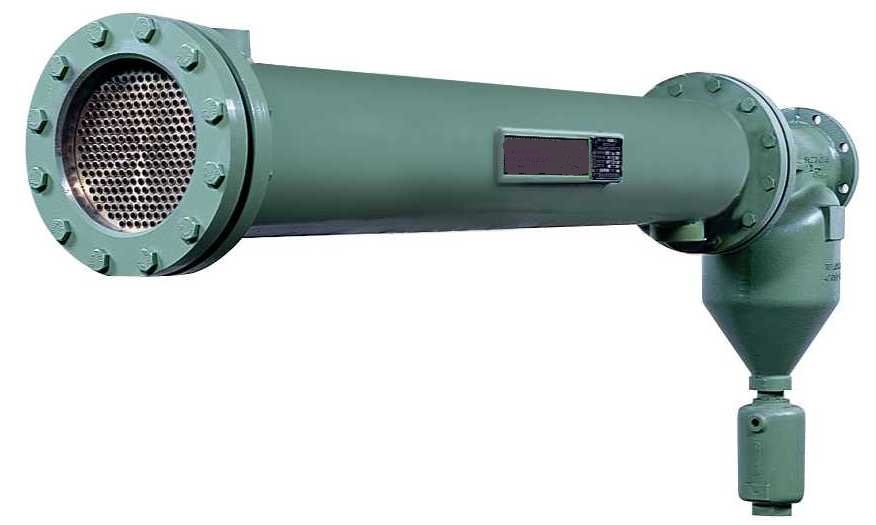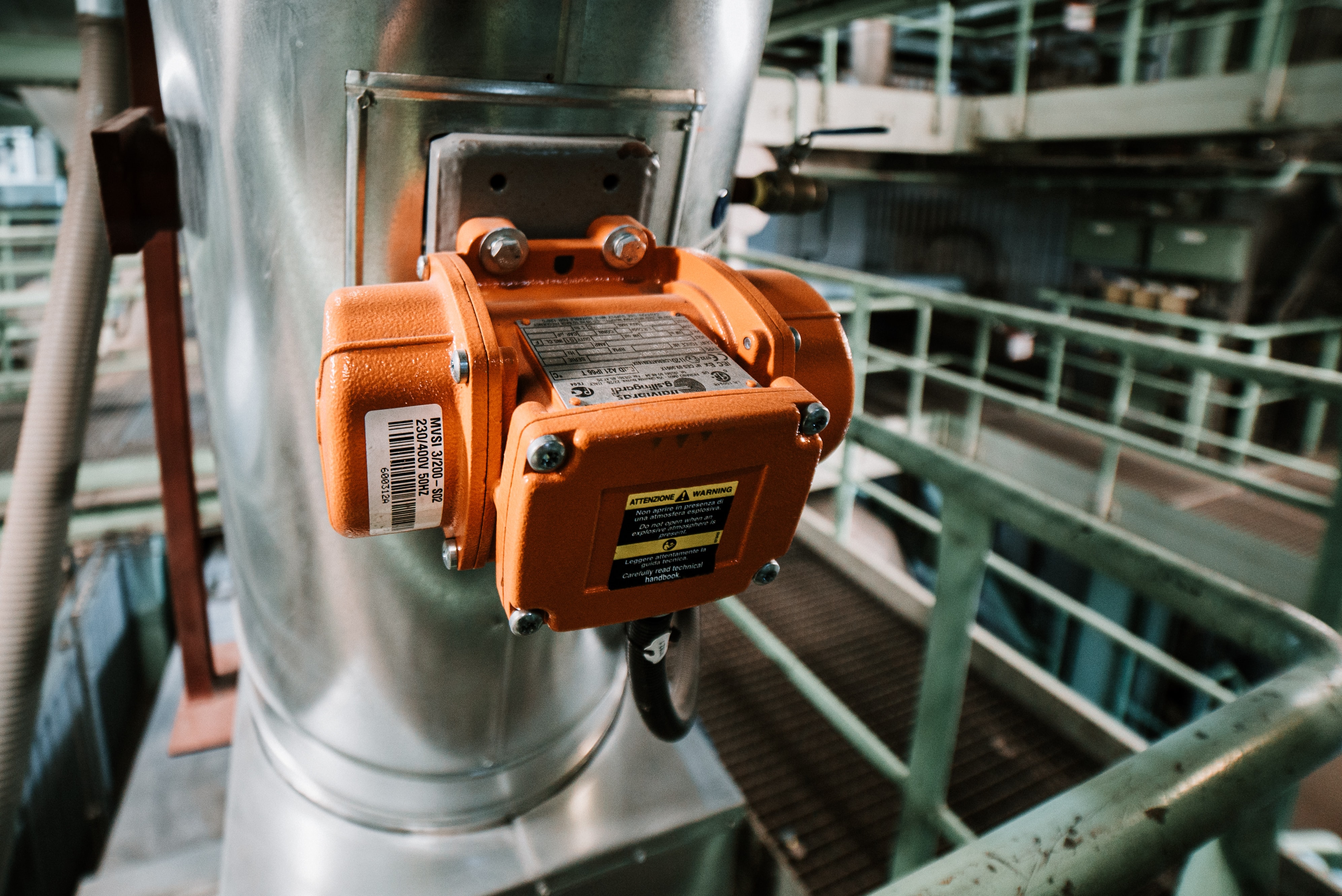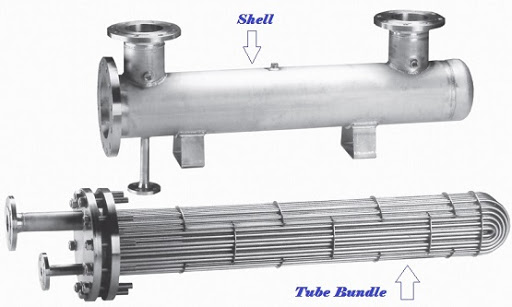






Heat Exchangers are used to transfer heat from one medium to another. These media may be a gas, liquid, or a combination of both. The media may be separated by a solid wall to prevent mixing or may be in direct contact. Heat exchangers can improve a system’s energy efficiency by transferring heat from systems where it is not needed to other systems where it can be usefully used.
For example: waste heat in the exhaust of an electricity-generating gas turbine can be transferred via a heat exchanger to boil water to drive a steam turbine to generate more electricity (this is the basis for Combined Cycle Gas Turbine technology).
Another common use of heat exchangers is to pre-heat a cold fluid entering a heated process system using heat from hot fluid exiting the system. This reduces the energy input necessary to heat the incoming fluid to working temperature.An intercooler is a mechanical device used to cool a gas after compression. Compressing a gas increases its internal energy which in turn raises its temperature. An intercooler typically takes the form of a heat exchanger that removes waste heat in a gas compressor. Intercoolers have a variety of applications, and can be found, for instance, in air compressors, air conditioners, refrigeration, gas turbines, and automotive engines. They are widely known as an air-to-air or air-to-liquid cooler for forced induction (turbocharged or supercharged) internal combustion engines, used to improve volumetric efficiency. This is accomplished by increasing intake air density through nearly constant pressure cooling.
The major types of Heat Exchanger equipment are: